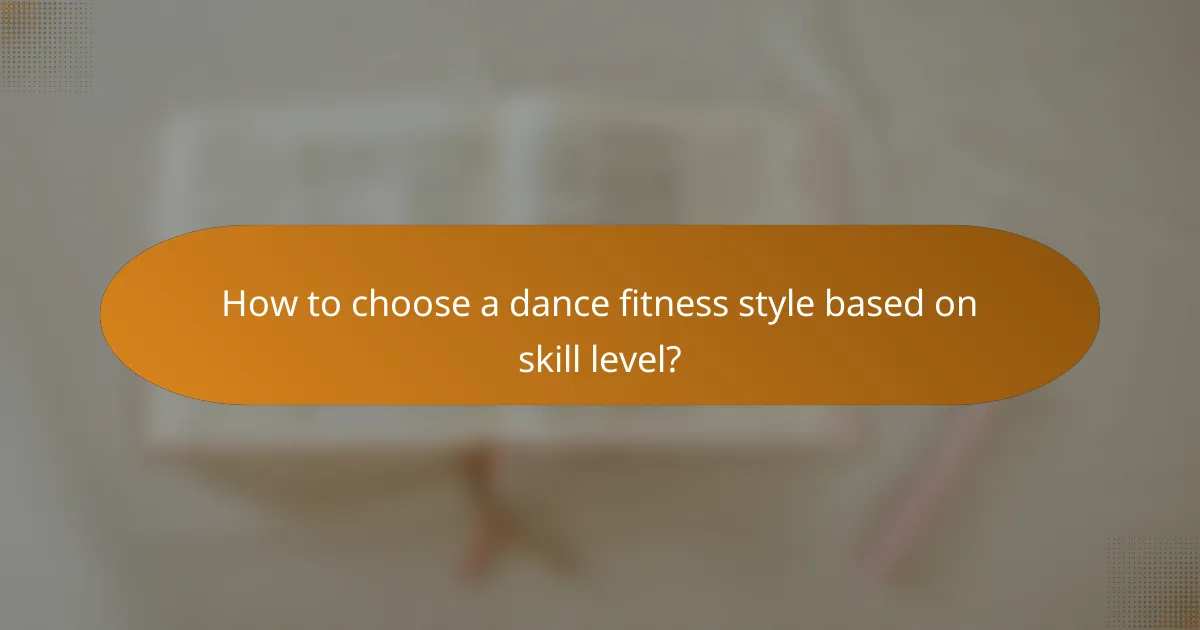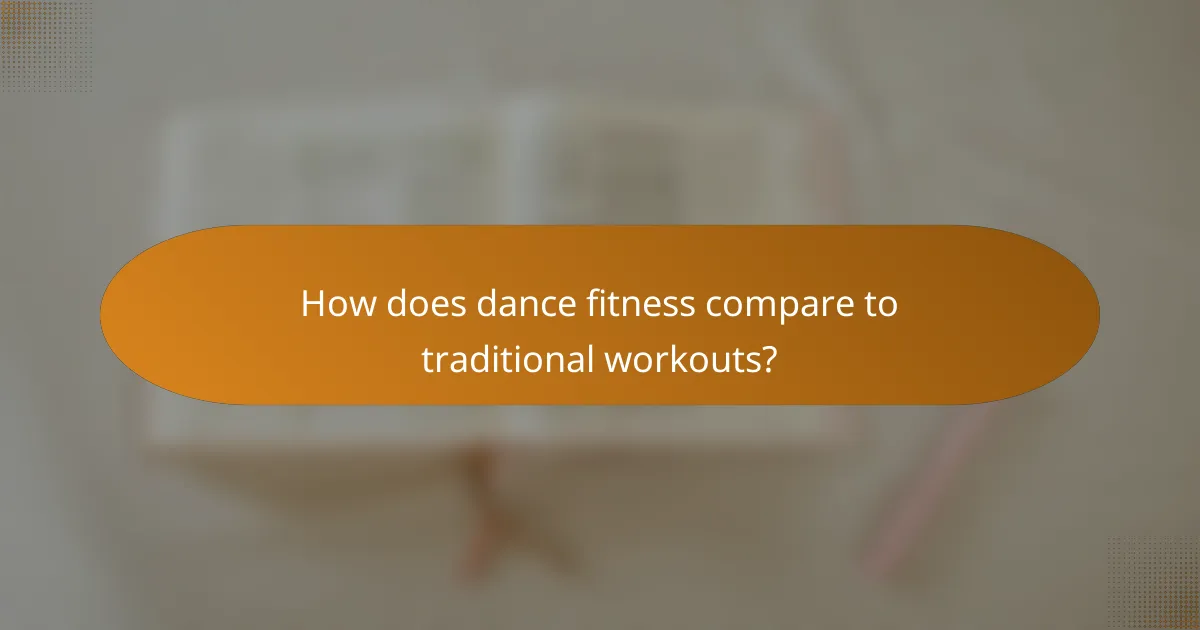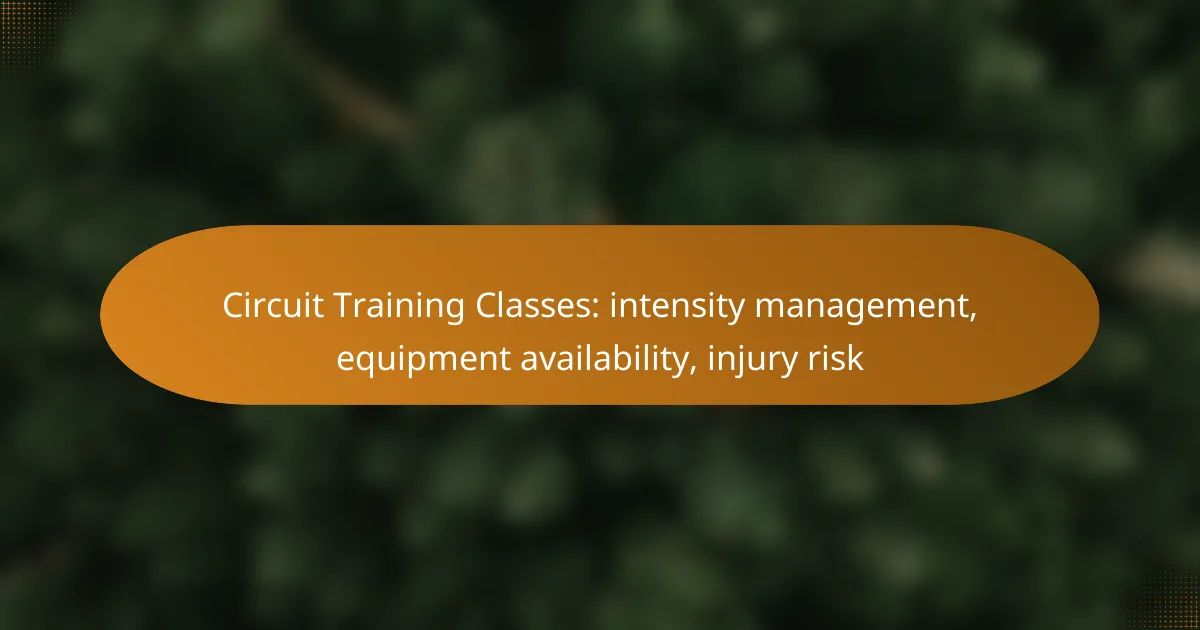Choosing the right dance fitness style is essential for ensuring both enjoyment and safety, particularly for those concerned about joint health. Styles that emphasize low joint impact and fluid movements can provide an effective workout while minimizing injury risks. Additionally, aligning your skill level with the complexity of the dance can help prevent potential injuries and enhance your overall experience.

What are the best dance fitness styles for low joint impact?
The best dance fitness styles for low joint impact include activities that minimize stress on the joints while providing a full-body workout. These styles often incorporate fluid movements and supportive environments, making them suitable for individuals concerned about joint health.
Zumba
Zumba is a dance fitness program that combines Latin and international music with dance moves, designed to be fun and engaging. It typically features low-impact options, allowing participants to enjoy the rhythm without excessive strain on their joints.
When participating in Zumba, consider wearing supportive footwear to enhance comfort and stability. Modifying high-impact moves to lower-impact variations can help reduce the risk of injury while still providing an effective workout.
Water Aerobics
Water aerobics involves performing exercises in a pool, utilizing the buoyancy of water to reduce joint impact. This style is particularly beneficial for those with arthritis or joint pain, as the water supports the body and alleviates stress on the joints.
Classes often include a mix of aerobic dance, strength training, and flexibility exercises. Look for sessions that focus on rhythmic movements to maximize enjoyment while ensuring a safe workout environment.
Barre
Barre combines elements of ballet, Pilates, and yoga, focusing on small, controlled movements that enhance strength and flexibility without high impact. This style emphasizes posture and alignment, making it suitable for individuals seeking to protect their joints.
Incorporating a barre routine into your fitness regimen can improve core strength and stability. Ensure you maintain proper form to avoid unnecessary strain, and consider using a barre or sturdy surface for support during exercises.
Piloxing
Piloxing is a hybrid workout that blends Pilates, boxing, and dance, designed to build strength and endurance. While it can include high-impact moves, many classes offer low-impact modifications to cater to those with joint concerns.
To participate safely, focus on your body mechanics and opt for low-impact variations of boxing moves. This approach allows you to enjoy the energetic atmosphere while minimizing the risk of injury to your joints.

How to choose a dance fitness style based on skill level?
Selecting a dance fitness style that matches your skill level is crucial for enjoyment and safety. Beginners should focus on accessible styles, while intermediate and advanced dancers can explore more complex techniques that challenge their abilities.
Beginner-friendly styles
Beginner-friendly dance fitness styles include Zumba, dance aerobics, and basic hip-hop. These classes typically emphasize simple movements and rhythms, making them easy to follow. Look for sessions that offer clear instructions and a supportive environment.
When starting out, aim for classes that prioritize fun over precision. This helps build confidence and encourages regular participation. Avoid overly complex routines that may lead to frustration or injury.
Intermediate options
Intermediate dancers can explore styles like jazzercise, contemporary dance, and salsa. These options introduce more intricate choreography and require a better understanding of rhythm and body movement. Classes at this level often focus on improving technique and stamina.
Consider joining workshops or dance groups that provide feedback and peer support. This can enhance your skills and help you avoid common pitfalls, such as overexertion or improper form, which may lead to injuries.
Advanced techniques
Advanced dance fitness styles include ballet, lyrical dance, and advanced hip-hop. These techniques demand a high level of skill, strength, and flexibility. Participants should have a solid foundation in dance principles and be prepared for rigorous training sessions.
To excel in advanced classes, focus on refining your technique and increasing your physical conditioning. Regular practice and possibly working with a coach can help prevent injuries and enhance performance. Be mindful of your body’s limits to avoid strain or overuse injuries.

What are the injury risks associated with dance fitness?
Dance fitness can lead to various injury risks due to high-impact movements, repetitive motions, and skill mismatches among participants. Understanding these risks is crucial for maintaining safety and enjoyment while engaging in dance-based workouts.
Common injuries
Common injuries in dance fitness include sprains, strains, and stress fractures, often affecting the ankles, knees, and lower back. These injuries can result from improper technique, inadequate warm-up, or overexertion. Dancers may also experience tendonitis, particularly in the knees and hips, due to repetitive movements.
Preventative measures
To minimize injury risks, dancers should focus on proper technique and alignment during workouts. Incorporating a thorough warm-up and cool-down routine is essential, as it prepares the body for physical activity and aids in recovery. Additionally, using appropriate footwear and dance surfaces can significantly reduce impact on joints.
Recovery tips
For effective recovery from dance-related injuries, rest and ice are vital in the initial stages to reduce inflammation. Gentle stretching and low-impact activities can help maintain flexibility and strength without exacerbating injuries. Consulting a healthcare professional for personalized rehabilitation exercises is also recommended to ensure safe recovery.

What are the benefits of dance fitness for joint health?
Dance fitness offers several advantages for joint health, primarily by promoting movement that enhances flexibility, strengthens muscles, and improves balance. These benefits can help reduce the risk of injuries and support overall joint function.
Improved flexibility
Engaging in dance fitness can significantly enhance flexibility, which is crucial for joint health. Increased flexibility allows for a greater range of motion in the joints, reducing stiffness and the likelihood of injuries during physical activities.
To improve flexibility through dance, consider incorporating styles that emphasize stretching and fluid movements, such as ballet or contemporary dance. Regular practice can lead to noticeable improvements over time.
Strengthened muscles
Dance fitness strengthens the muscles surrounding the joints, providing better support and stability. Stronger muscles can help absorb impact and reduce the strain on joints during movement.
Focus on dance styles that require dynamic movements, such as hip-hop or jazz, which engage various muscle groups. Aim for sessions that last at least 30 minutes, several times a week, to maximize muscle strengthening benefits.
Enhanced balance
Participating in dance fitness improves balance, which is essential for preventing falls and injuries. Better balance allows for more controlled movements, reducing the risk of joint injuries during activities.
Incorporate dance styles that challenge your balance, such as salsa or ballroom dancing. Practicing balance-focused exercises, like standing on one leg or using a balance board, can further enhance your stability and joint health.

How does dance fitness compare to traditional workouts?
Dance fitness offers a unique blend of cardiovascular exercise and rhythmic movement, making it distinct from traditional workouts like weightlifting or running. While both forms of exercise can improve health and fitness, dance fitness often emphasizes enjoyment and social interaction, which can enhance motivation and adherence.
Cardiovascular benefits
Dance fitness can significantly improve cardiovascular health by elevating heart rates during sessions. Activities like Zumba or hip-hop dance typically engage large muscle groups, promoting better circulation and heart efficiency. Regular participation may lead to lower resting heart rates and improved endurance over time.
In comparison to traditional workouts, dance fitness often feels less strenuous, which may encourage longer sessions. This can be particularly beneficial for individuals who find conventional cardio exercises monotonous or intimidating.
Caloric burn comparison
The caloric burn in dance fitness can vary widely based on the intensity of the session and the individual’s body weight. On average, participants might burn between 300 to 600 calories per hour, depending on the style and effort level. This range can be comparable to traditional workouts like running or cycling, which also offer substantial caloric expenditure.
However, the enjoyment factor in dance fitness may lead to longer workout durations, potentially increasing overall caloric burn. It’s essential to choose a style that matches your fitness level and goals to maximize effectiveness.
Social engagement
One of the standout features of dance fitness is its inherent social aspect. Classes often foster a sense of community, encouraging participants to connect and motivate each other. This social engagement can enhance enjoyment, making it more likely for individuals to stick with their fitness routines.
In contrast, traditional workouts may be more solitary, which can lead to decreased motivation for some. Joining a dance fitness class can provide not only physical benefits but also emotional support and camaraderie, making the fitness journey more enjoyable.

What are the prerequisites for starting dance fitness?
Before starting dance fitness, individuals should assess their physical readiness, skill level, and any potential injury risks. Understanding these prerequisites can help ensure a safe and enjoyable experience while maximizing the benefits of dance fitness.
Physical readiness
Physical readiness involves evaluating your overall health and fitness level before engaging in dance fitness. This includes assessing cardiovascular endurance, flexibility, and strength. Individuals should consider their ability to perform basic movements and whether they have any pre-existing conditions that could affect their participation.
A good starting point is to engage in light aerobic activities, such as walking or cycling, for at least 30 minutes a few times a week. This can help build a foundation for the more vigorous movements often found in dance fitness classes.
Consulting with a healthcare provider or fitness professional can provide personalized guidance, especially for those with chronic conditions or who are new to exercise. They can help determine if any modifications are necessary to ensure safety.



